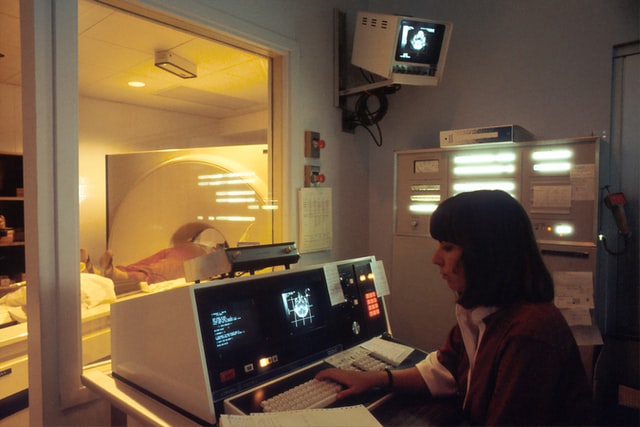
Literary fiction provides us with a simulation of the real world that takes us away to made-up places and experience the feelings and thoughts of made-up people. But when reading a book, did you know that the way your mind processes the story and generates the simulation can differ according to the nature of the content?
Neuroscientists monitoring the brain activity of readers using MRI have shown that people either engage with a story in terms of the characters, their thoughts, and their drivers (termed mentalizing or theory of mind), or they focus on the concrete actions and events as they happen in specific settings (referred to as mirroring).
These mentalizing and mirroring systems play complementary roles, depending on how abstract or concrete the presented goals and/or actions are. Readers can be directed towards either system; for example, when requested to consider the motivation behind a character’s action, the mentalizing system becomes active. Alternatively, when tasked to focus on a character’s action or outward behaviour, the mirroring system becomes active.
What does this mean for writers? Well, consider that some readers may be drawn to stories in which they can explore the thoughts and beliefs that drive character behaviour. They may prefer tales that revolve around complex, nuanced characters with many layers. Other readers, however, might want to feel part of the events of a story. They may prefer reading books with pace and action – page-turners that keep the reader engaged throughout.
Perhaps the key message when developing a story would be to keep these two models in mind when writing. There is certainly no evidence that suggests one system provides a better or more memorable experience than the other for readers. It’s worth noting, however, that this is a hot area of research, so who knows where new, exciting data might take us.

